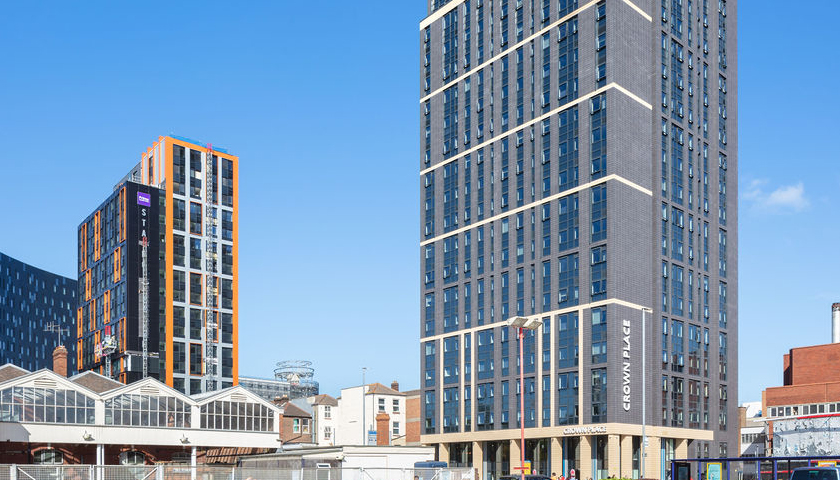With terracotta rainscreen cladding proving to be an increasingly sound choice for architects, specifiers and contractors, Paul Richards, Managing Director of Aquarian Cladding Systems, discusses why the alternative cladding solution is so popular.
Following the Government’s recent decision to ban combustible materials on buildings, other than offices and hotels, over 18m, the search is now on for alternative cladding solutions that meet the new requirements.
One façade solution that is back in the spotlight is terracotta, lauded for its distinctive, natural colours, textures and durability.
In our experience terracotta is proving to be an increasingly popular choice for architects and contractors faced with challenges to clad buildings over 18m that are quicker and lighter than traditional masonry construction, whilst also cost-effective, sustainable, durable and fire-safe.
So, why is terracotta cladding proving more popular than some of the other options?
Terracotta cladding is A1 non-combustible
Following the decision to ban combustible materials for use on residential buildings, hospitals and schools in England and Wales above 18m, the only materials approved for external walls are now A1 and A2 class materials.
It means that architects, specifiers, building contractors and housing associations are being forced to reconsider their clay, metal, stone or ceramic façade options.
A terracotta rainscreen system is A1 non-combustible, consisting of clay tiles and aluminium support rails and brackets and, proven through experience, testing and certification.
Consequently, it is proving to be among the best non-combustible cladding solutions for buildings above six storeys for the construction industry to overcome this challenge.
Terracotta cladding is a modern method of construction
Terracotta cladding is suitable for use in both traditional and contemporary buildings and has proven to outperform alternative cladding systems for durability.
It provides a dry-fix solution that is not weather dependant and therefore installation is predictable, quick and easy for our approved installers. It can also be cost-effective when compared to other similar façade solutions.
It’s incredibly robust, weather resistant and doesn’t fade in sunlight, as the tiles are produced from 100% natural material composed of clay fired at high temperatures, thus ensuring a warm, attractive appearance that suits most high streets throughout the UK.
Importantly, architects can use it to create striking façade designs, offering design freedom and flexibility and it is available in a large range of colours, finishes and sizes to create stack or stretcher bond in portrait or landscape format.
Terracotta cladding is sustainable
The construction industry uses more than 400 million tonnes of material a year, much of which has an adverse impact on the environment, and as a vital part of the sector, the building products industry has an increasingly important part to play in helping to reduce this.
Sustainable construction and building in a more environmentally friendly way is now a fundamental consideration that is being addressed by every architect, building contractor and building owner who is conscious of the mark they leave on our increasingly fragile world.
Terracotta is an exceptionally green material, is recyclable, sustainable and an excellent environmentally-friendly cladding solution when it comes to achieving sustainable buildings.


